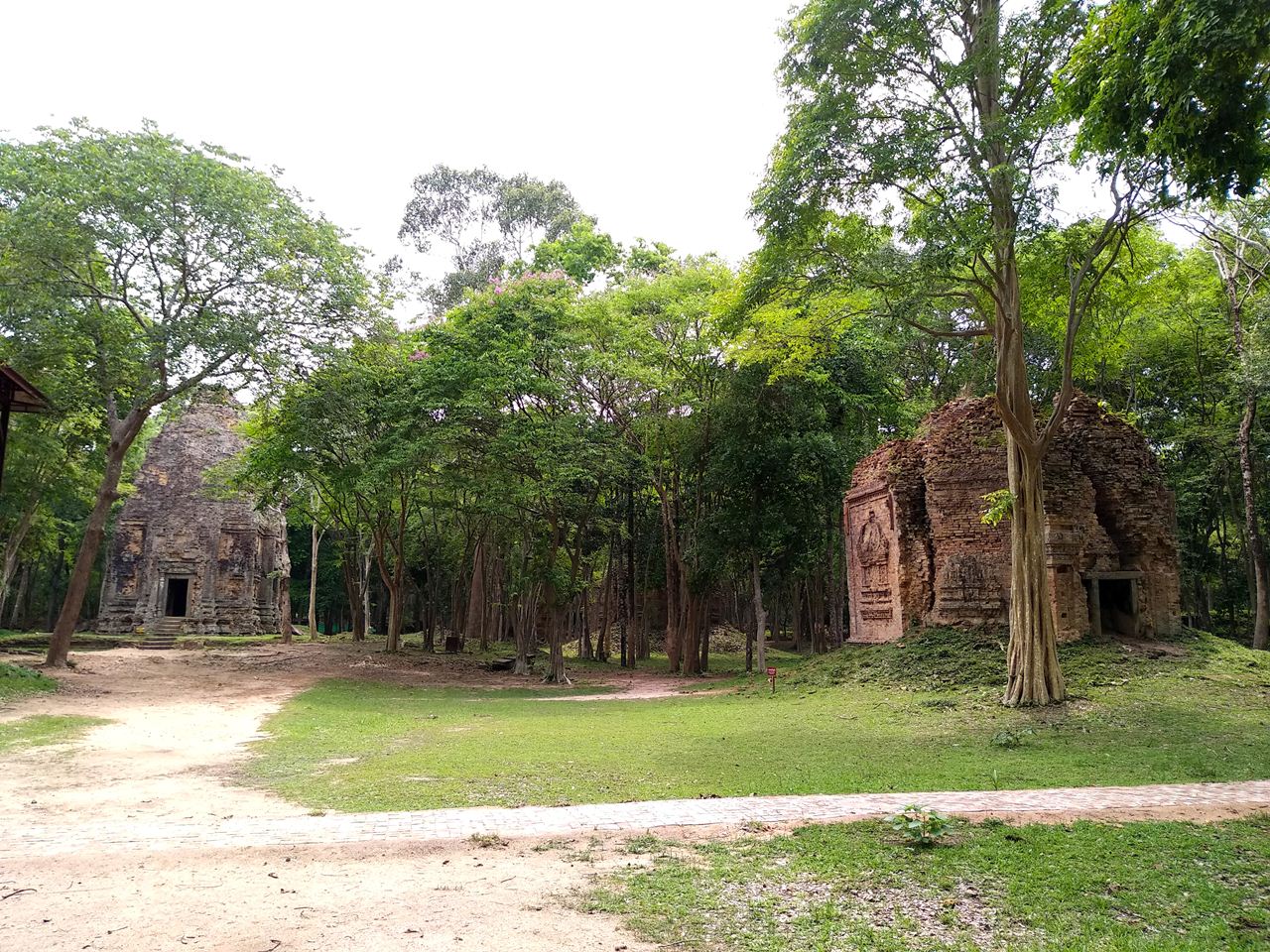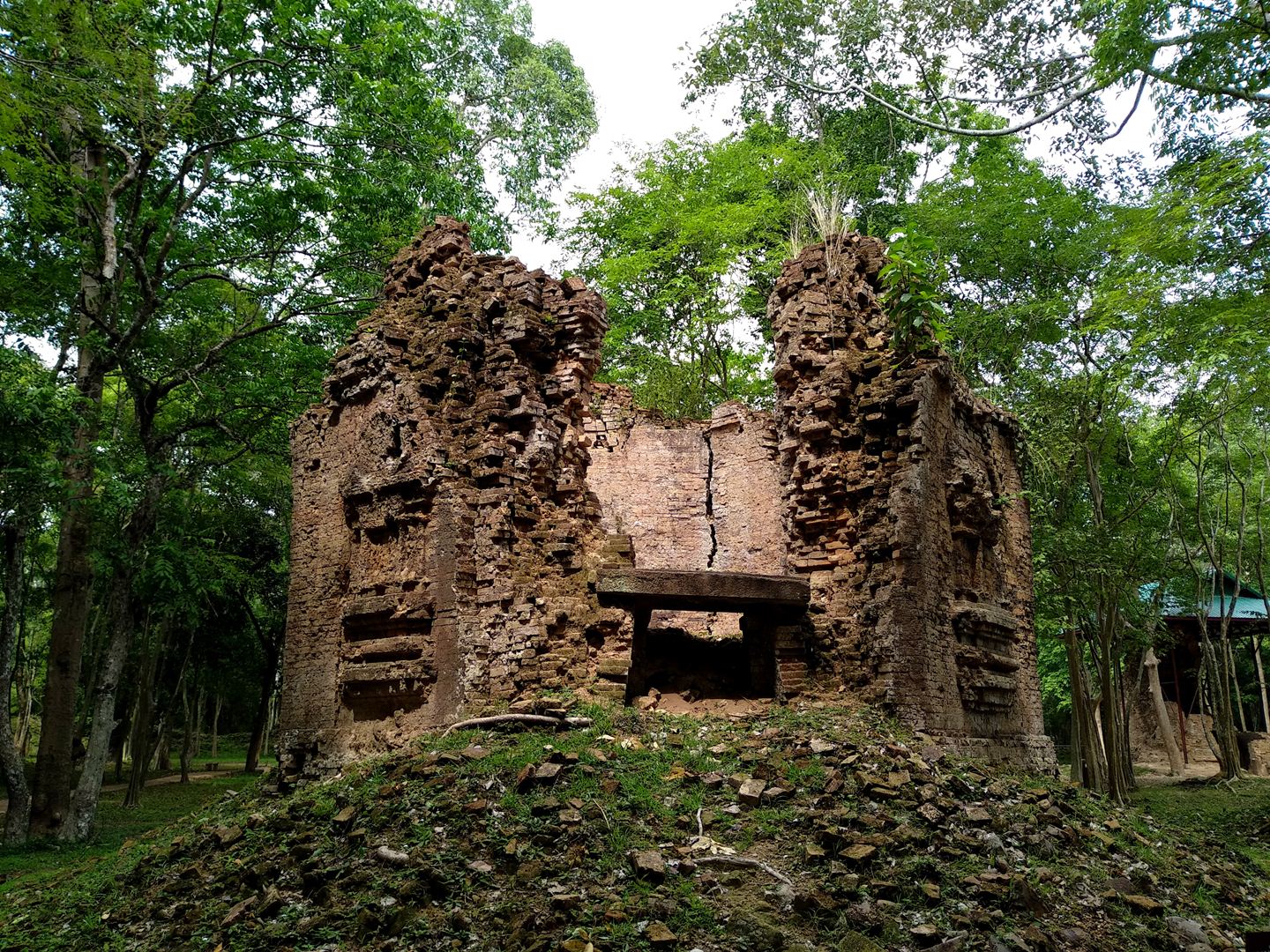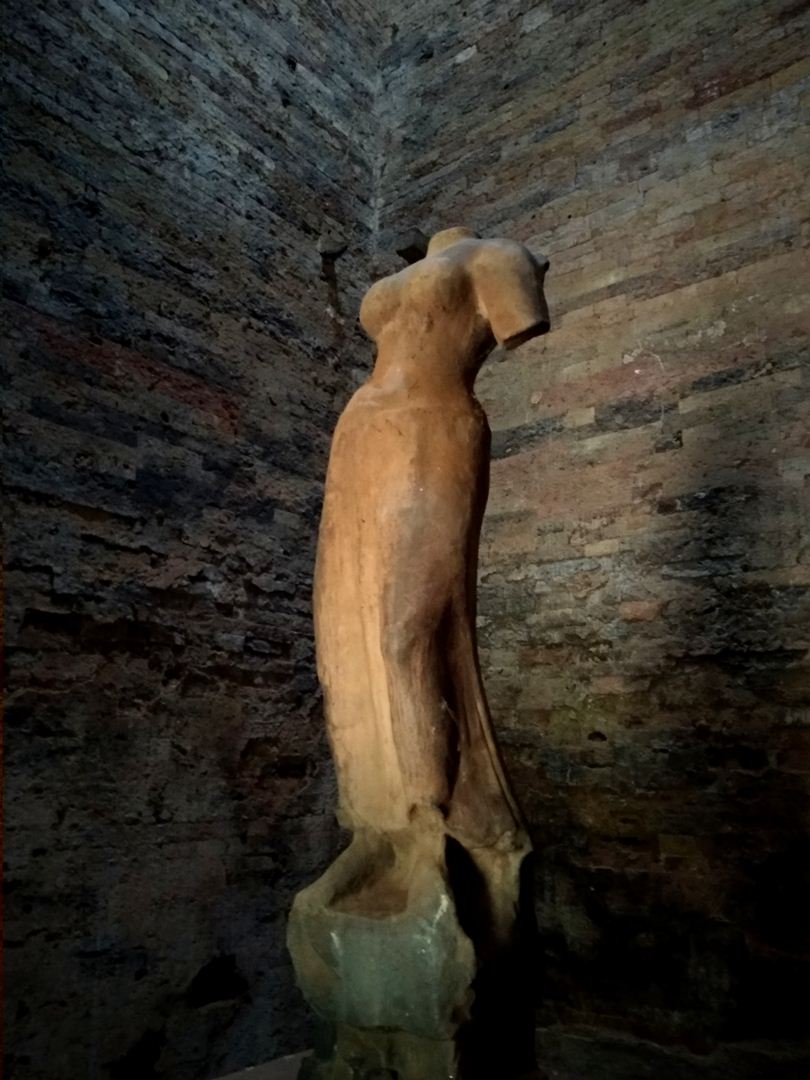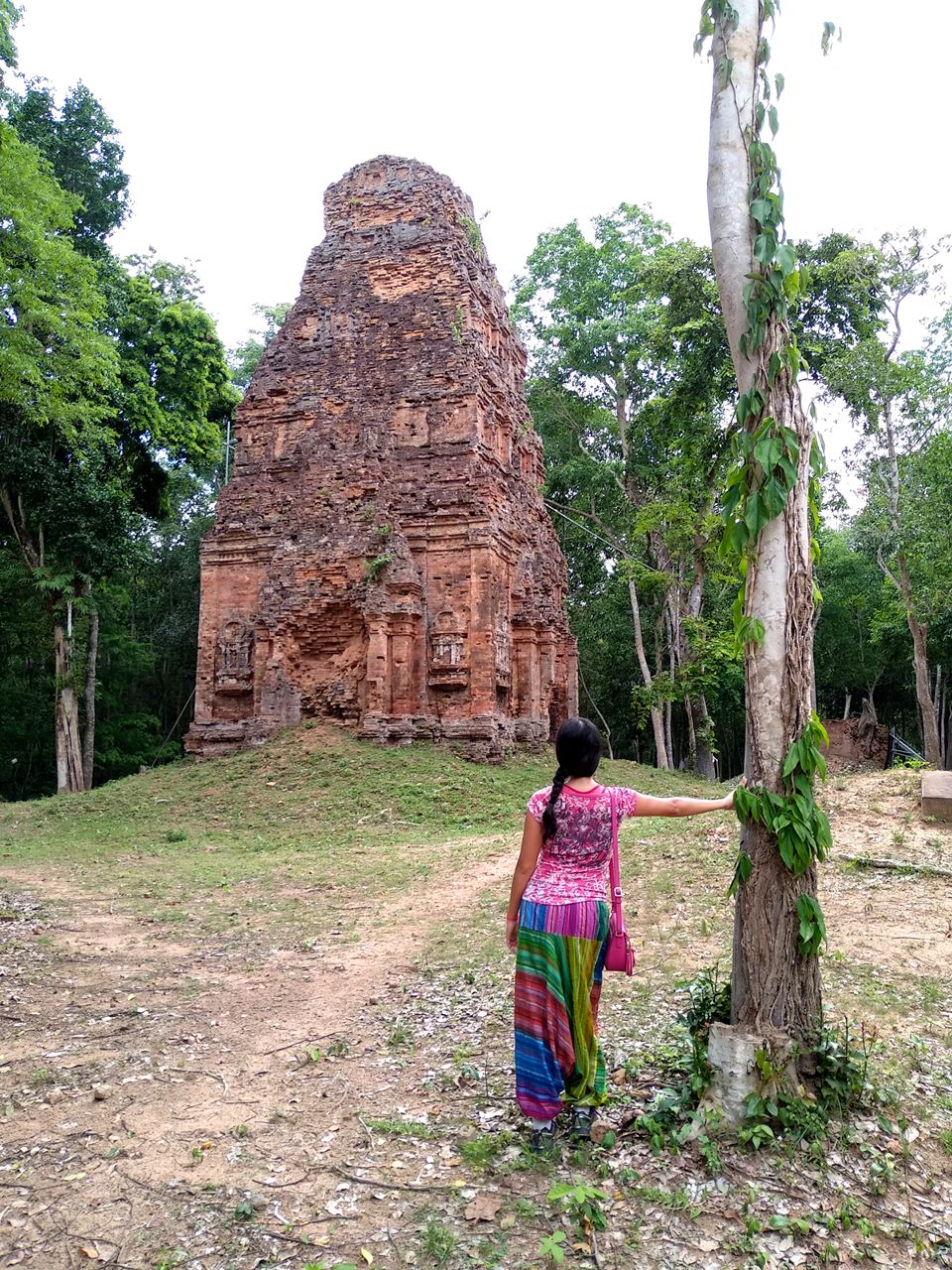Route 219, 170km east of Siem Reap
Daily: 7am–5pm
Admission: $10 (USD)
Washrooms On Site: Yes
A vast and sprawling jungle temple complex that you should try to visit before seeing Angkor Park.

The big attraction in the middle of the route between Phnom Penh and Siem Reap is the secluded archaeological site, Sambor Prei Kuk. If you’ve hired a taxi service or joined a bus tour to take you between the two cities, you can make a much-needed stop here after hours of driving. The average rate for taxis to stop here is an extra $30 on top of the intercity price.
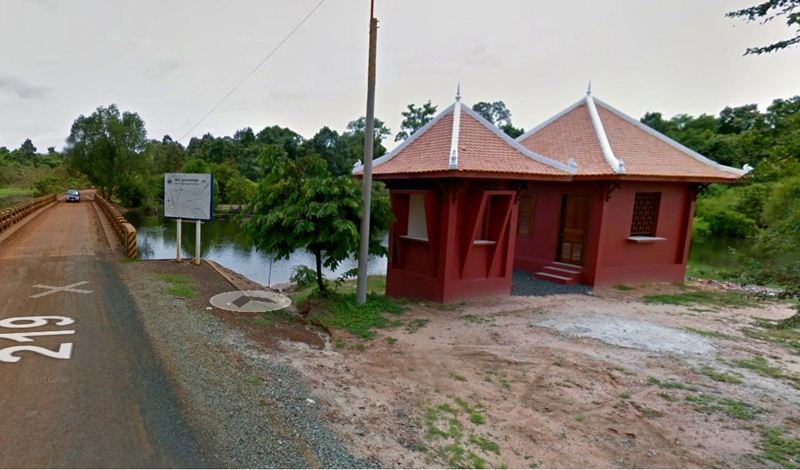
The ticketing area is a humble group of buildings on a plain and is 1km west from the temples. You can unclench your butt: cars are allowed to drive pretty far into Sambor Prei Kuk so you won’t have to walk that 1km later. A simple red hut that stands to the right of the bridge will be where you buy tickets. Whoever is on ticket duty (or any duty) will be likely multitasking or taking a siesta. Sambor Prei Kuk is quite isolated, and there are long stretches of time with no visitors. There was no one to be seen when we pulled up to the shuttered booth, but after half a minute a local Cambodian came speeding up in a motorbike to tend to the counter.
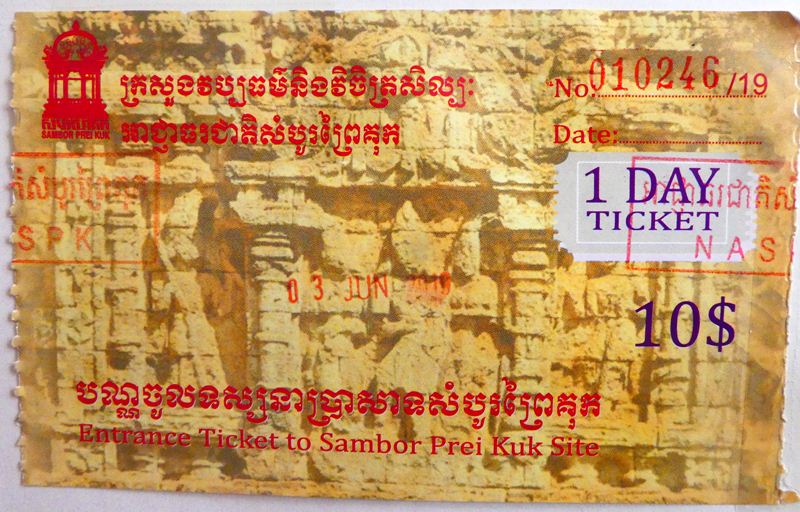
This site is not included in the Angkor pass. Tickets cost $10 per person and come in the form of this slip that would make a good addition to a scrapbook later. Keep the tickets handy as you’ll need to present them again shortly. After you’ve made the short drive through the jungle, you can get dropped off at the main entrance where some food and drink vendors are set up. However, a smart driver (like ours) dropped us off on the south side of the complex and suggested we make our way toward the entrance so there would be less backtracking.
This is a big, sprawling site that covers over a thousand acres. Sambor Prei Kuk is a collection of solitary prasats dotted throughout the jungle. There are three groups of Prasats: Prasat Tor (central group), Prasat Sambor (north group) and Prasat Yeah Puon (south group). The boundaries of these are more or less rectangular, but the arrangement of the actual towers within the groups are all over the place. Some of the towers are fully restored with delicate carvings on its exterior, but others are in semi-states of ruin. Unlike the more frequented Angkor temples, a rare few prasats have what look like original statues still living within them.
The architecture here has its own namesake style – Sambor Prei Kuk style – which is pre-Angkorean. The look of this place is unique and hard to liken to another site. There are no galleries, no libraries and you likely won’t even see any enclosure walls since the site is so expansive. The prasats have a rustic look to them that is befitting for this location on the outskirts. The closest comparison I can make in terms of appearance is the gopuras at the very top of Pre Rup, though these at Sambor Prei Kuk are more weather-beaten and original looking.
We stopped here while driving from the direction of Phnom Penh, so this was our first taste of ancient temples. Seeing these temples before being spoiled by the larger sites in Angkor park really made a difference in our enjoyment of this place. We were in such awe at the grandness of the towers, even though they’re quite squat comparatively. We hadn’t yet been to Ta Prohm, so we took a bunch of pictures of this strangler fig encroaching on the temple – it was the coolest thing we had ever seen at that point. I can say, after having seen the temples in Siem Reap, that Sambor Prei Kuk still has some of the best and well-preserved “chimneys” out of all the sites. We got lots of satisfying photos of these crisp, concentric rectangles or octagonal rings building up to an opening at the top of the prasat in a matching shape.
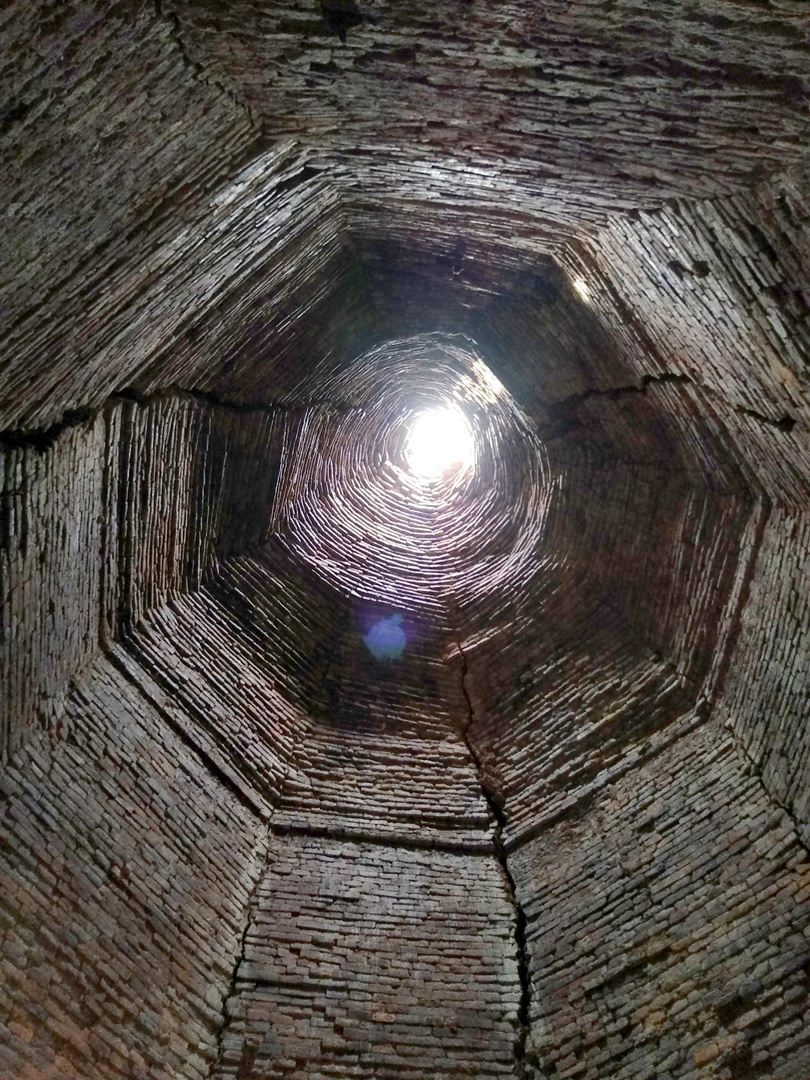
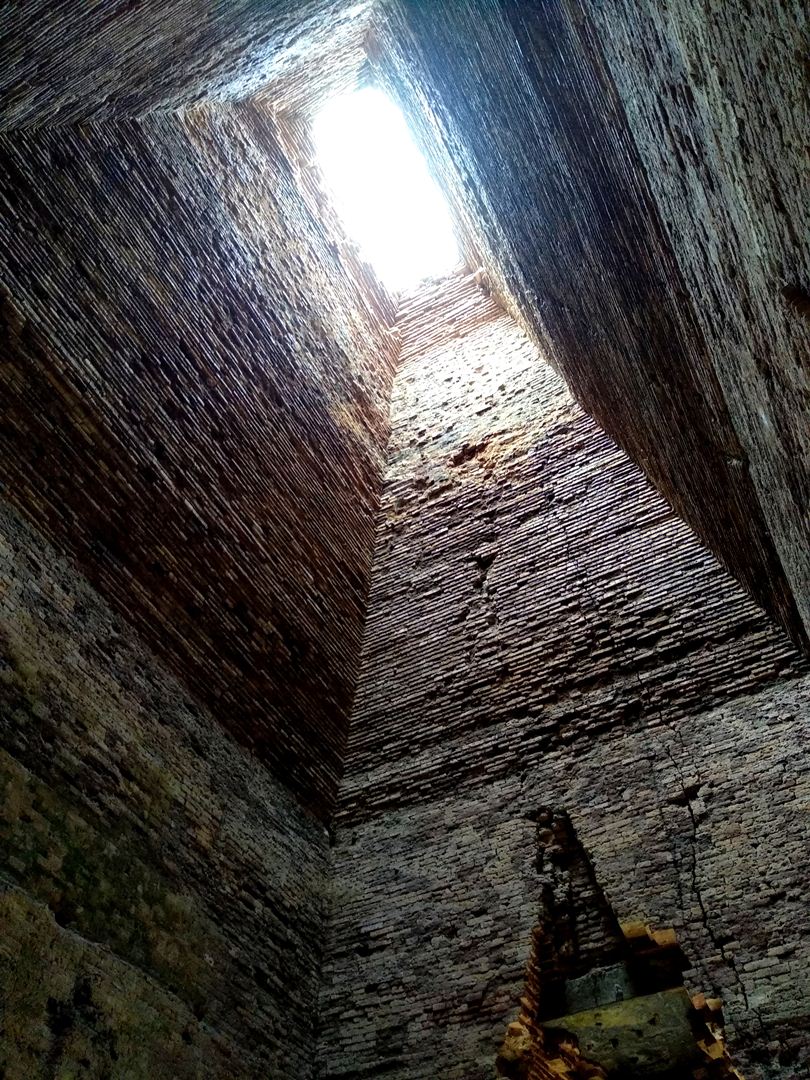

You could putter about endlessly at Sambor Prei Kuk. At one point we got pleasantly lost trying to take a scenic hiking route to the next prasat group. It’s uncrowded, but not to the point where it’s unsettling like “if I collapse in the jungle, no one will find my corpse for weeks.” There were not many tourists but still lots of Cambodians around, sweeping up or doing preservation works. We easily spent over three hours here, leaving just at the brink of closing time.

You don’t get exactly a “Welcome to Sambor Prei Kuk!” information booklet with a handy map upon your arrival. Occasionally you might come across a sign that points you to the prasat groups or the washroom, but otherwise, you’ll need to navigate this site on your own. If you’ve slipped a Cambodian sim card into your phone already, you can check your location on Google maps but data and GPS can be dubious out here in the middle of nowhere. Online maps are pretty accurate so I recommend bringing a map printout or saving a screenshot to your phone. If you’re big on history, it may also be cool to download an audio guide beforehand that you can listen to while wandering around.
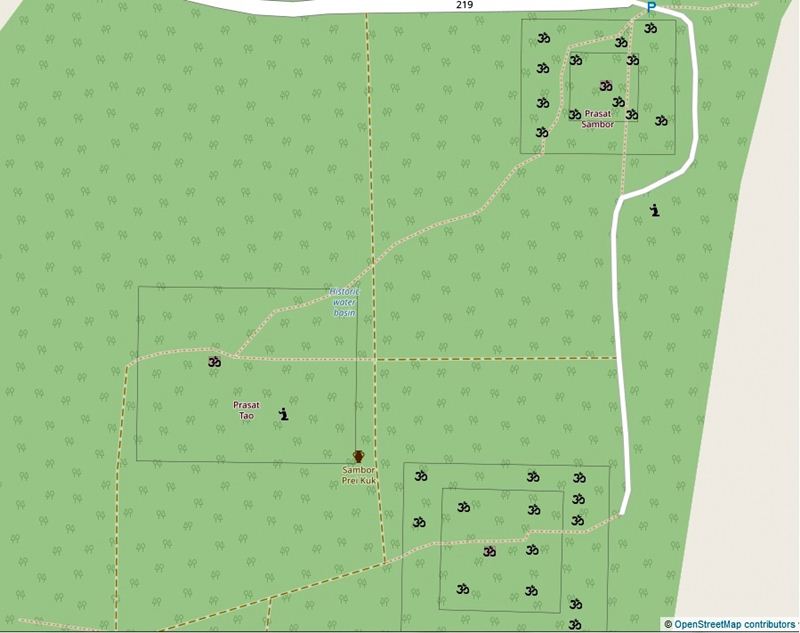
There are two bathrooms: one at the entrance, and another in the middle of the site. At the middle washrooms, the cleaning lady there has a clever side hustle: she also sells drinks. If you encounter her, definitely pick one up if you need it. There is nowhere else to get a drink until you make it to the entrance again, and if you close out Sambor Prei Kuk as we did, all the vendors will have gone home by the time you reach it. Her wares are all bottled stuff like Cokes and branded juices, so you don’t need to worry that she’s selling some sort of homemade brew made “on site.”

This place is a little far to do as a day trip from Siem Reap, but it can be done if you’re really interested. To get the best out of this temple, I would strongly advise that you come here before going to Angkor Park. If you’re driving from Phnom Penh to Siem Reap, visiting here first is easy. The sights you see will be fresh and everything will inspire a sense of wonderment. If, however, you’re coming down after Siem Reap, it will be difficult to be impressed by anything here. You would have already seen the best temples in Angkor. The style of the gopuras here are unique, yes, but they are very simple looking compared to the more advanced Angkor styles. The fact that you had to pay an extra $10 plus the taxi fee to see this (some would say) less stunning attraction won’t sit well either. I’m glad we saw it and experienced those reverent emotions, so if you can, try to come here before exploring Angkor Park. Unless you’re easily captivated by anything Angkorean, you will likely be disappointed by Sambor Prei Kuk if you’re visiting here at the end of your vacation.


